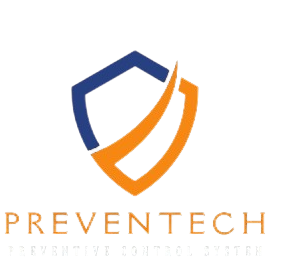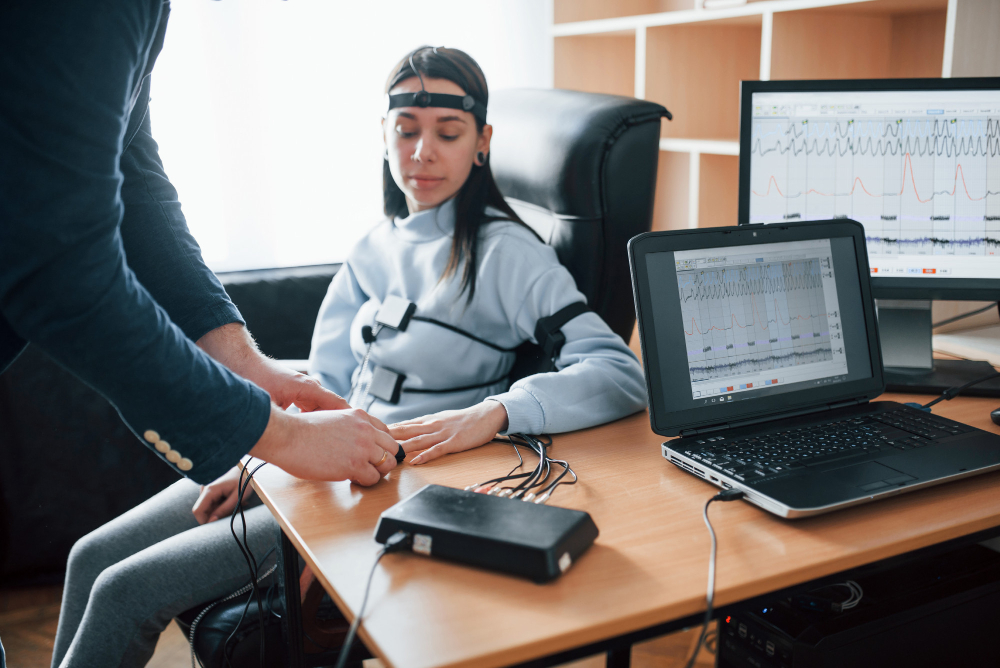
Industrial Safety Systems
Introduction
With the inherent risk of severe accident occurrences, industrial environments are very hazardous. No doubt, workplace safety does not involve regulatory requirements alone; it is a moral obligation of all industries. There have been industrial safety systems that play a big role in accident prevention with advanced tools and technologies for detecting, controlling, and mitigating hazards. The scope of operations broadens into advanced technological activity, making the adoption of comprehensive safety systems as indispensable as ever for employee and operational safety.
What is Industrial Safety?
Industrial safety, though, represents the comprehensive catalog of policies, procedures, and techno-measures relating to reducing hazards within the workplace and providing protection to workers, machines, and infrastructures. This goes from protecting employees from physical injuries to preventing machinery and environmental hazards themselves. The objective in effective industrial safety is to ensure unimpeded company operations as a result of fewer injuries and, hence, reduced losses and operational downtime. Some of its critical components include risk identification, periodic safety audits, and adherence to existing safety standards. Companies may also achieve a safe environment through industrial safety.
Industrial Safety Devices and Tools
Modern industrial safety systems include a wide range of devices and tools to help keep workers safe. Among the most important are safety sensors, emergency stop systems, personal protective equipment (PPE), safety controllers, and fire and gas detection systems. The role played by safety sensors is recognition of unsafe situations, such as gas leak or very high temperature, triggering alerts or automatic shutdown to prevent accidents. Emergency stop systems allow operators to immediately stop machines in unsafe situations. Personal protective equipment (PPEs) such as helmets, gloves, and safety goggles form a last line of defense against physical injuries. Other advanced solutions include Preventech’s modular safety system, which easily integrates actions with real-time monitoring and automatic shutdown into new and even old industrial equipment. Thus, even worn machines can be fitted with the latest safety features to improve overall safety in a workplace.
Types of Industrial Safety
It can be divided broadly into several categories which mainly orient around certain hazards from their prevention mechanisms. Mechanical safety deals with risks resulting from failure of machinery or operators’ mistakes through safety mechanisms and protocols. Chemical safety is the safe handling and storage of hazardous materials to avoid leaks or exposure to harm from them. Electrical safety includes protective measures against electrical hazards (shock or short-circuit). Fire safety is fire prevention, detection, and suppression systems shown in installations. It’s about reducing hazards by environmental pollutants and providing a healthy work environment. Safety from all these angles would enable industries to become more holistic in risk mitigation and protection.
Industrial Safety Important Points
There are some key elements to ensure the effective functioning of a safety system. Regular risk assessment is a vital factor that highlights potential hazards and preventive measures taken to prevent such hazards. Compliance with statutory safety regulations, such as those developed by the Canadian Standards Association (CSA) and the International Organization for Standardization (ISO), ensures adherence to best practice as well as legislative requirements. Continuous safety training makes the employees aware of all the risks involved and how to react during emergencies. The regular maintenance and upgrading of safety equipment are meant to ensure that all devices will be at their best functions when the need arises. Modern solutions, like Preventech’s system, which provide advanced customization and tamper-proof, safe technology, can really boost safety in giving specific types of protection for diverse industrial environments.
All sorts of factors are there for ensuring the safety system to run efficiently. Regular risk assessment by which potentially dangerous situations and their preventive measures might be worked out is one major area. Compliance with statutory safety regulations – those developed by the Canadian Standards Association (CSA) and the International Organization for Standardization (ISO) in this case – keeps you on best practice and legal requirements. Safety training increases the employees’ awareness of possible risks involved, as well as their proactive and reactive measures during emergencies. Regular maintenance and upgrades are done on safety equipment to keep devices in their best functions for when needed. Finally, modern solutions such as Preventech’s system, which offer advanced customization and tamper-proof technology, provide really great improvements of safety outcomes by offering tailored protection for various environments across the industry.
Conclusion
The fact is that industrial safety systems are increasingly important features found in all modern industries. By putting these systems in place not only will lives be saved but very importantly lives will be saved, and very importantly further assets and infrastructures will be preserved. Industries can, however, find ways and means of continuously installing advanced technologies with best practices towards the development of their working environments and a more effective operation. The Modular Safety System developed by Preventech speaks for the future of industrial safety with real-time monitoring, automatic shut-offs, and seamless integrations with on-location equipment. Safety becomes a culture of accountability and caring for everyone and for the long term, safety will be a developed cultural construct that will increasingly become aligned even with changing safety standards.



